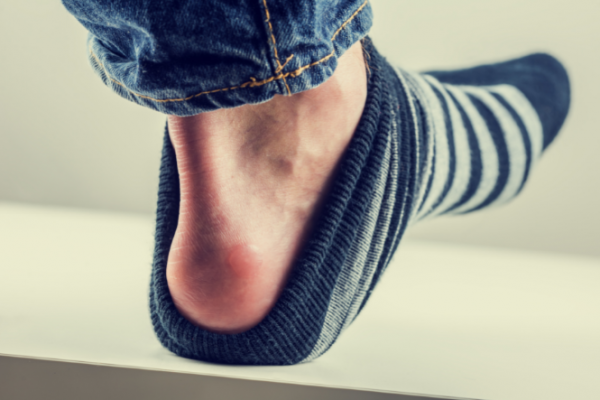A blister is a small bubble of fluid, often clear, under the top layer of skin. It forms when friction repeatedly stretches the skin, creating a tear between skin layers, which fills with fluid.
Sometimes, a blister may be filled with blood. This happens when a blood vessel is damaged in the injured area.
The pressure of fluid in the blister can be painful.
We're aware of a problem when trying to use Zero Data to link to Healthify. Zero Data is managed by Health NZ and we are working with them to get this fixed.
Blisters
Key points about blisters
- A blister is a bubble of fluid under the top layer of skin.
- It usually forms in response to friction or pressure on the skin, but some infections may also cause blisters on the skin.
- Blisters are generally filled with clear fluid but they can be filled with blood if a blood vessel close to the area has been damaged.
- Some disease (eg, chickenpox) cause blisters as well as can burns.
- Most small blisters can be treated at home by keeping them covered. Don't burst them.
- Seek advice if the blister is large or in a cluster of blisters, looks infected or if you have an underlying condition, eg, diabetes or low immunity.

Most blisters are caused by friction on the skin, when the skin is repeatedly rubbed for a long period of time or when it's exposed to intense rubbing over shorter periods.
Friction blisters most commonly occur on your feet and hands when they rub against footwear and handheld equipment such as tools or sports gear.
 Image credit: Canva
Image credit: Canva
Blisters can also develop when the skin is exposed to heat (eg, sunburn or boiling water), cold (eg, chilblains(external link)), freezing cold (eg, frostbite), or irritating chemicals or substances (eg, detergents, solvents).
They can also develop due to an allergic reaction, including in response to an insect bite or sting.
Some diseases and infections can also cause blisters, including:
- chickenpox
- shingles
- hand, foot and mouth disease
- impetigo or, 'school sores'
- cellulitis
- genital herpes
- cold sores
- autoimmune diseases, such as pemphigus
- inherited diseases, such as epidermolysis bullosa.
In most cases, a small blister can be treated at home. Covered with a plaster, it will settle and heal over 3 to 7 days. It is usually best not to burst a blister, and to leave them alone.
Here are some tips for caring for blisters:
- Keep the area clean and cover with a plaster or soft dressing (if padding is needed to prevent further rubbing or friction).
- Apply an ice pack wrapped in a tea-towel to a blister to help relieve any pain.
- Let the blister heal on its own rather than bursting it. This reduces the risk of infection.
- If the blister skin lifts, breaks or bursts, gently press to remove any fluid, then wash with warm saline or water, dry and cover.
- If any signs of infection appear (eg, redness around the blister, swelling or pus) see your healthcare provider.
| Seek advice |
|
Seek advice from your doctor, nurse or pharmacist if you have any of the following symptoms:
|
There are a number of things you can do to avoid getting blisters caused by friction, sunburn or chemicals. For example, you can:
- wear comfortable, well-fitting shoes
- help keep your feet dry with thicker socks or talcum powder
- wear gloves when handling chemicals
- use sunscreen and avoid the harsh sun.
Blisters(external link) NHS Inform
Friction blisters(external link) DermNet, NZ
Treatment of burns (external link) St Johns First Aid Guide, NZ
References
- Blisters(external link) Health Direct, Australia
- Friction blisters(external link) DermNet, NZ
Credits: Healthify editorial team. Healthify is brought to you by Health Navigator Charitable Trust.
Last reviewed:
Page last updated:





